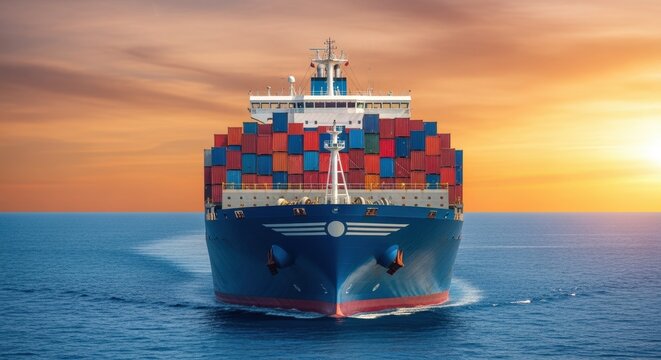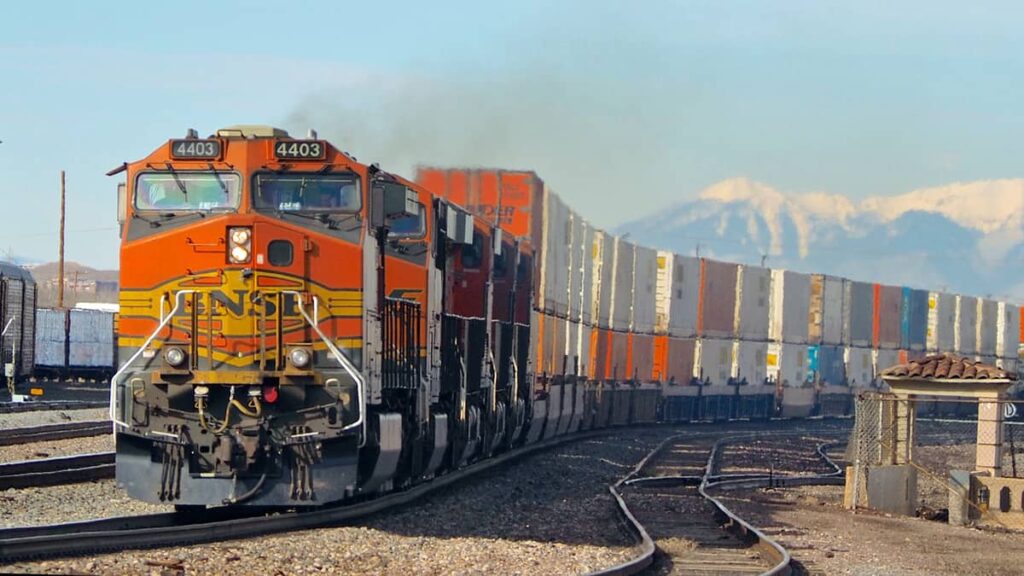- By Della tj
- September 16, 2025
- Air Freight, Shipping
Businesses importing from China often rely on fast and reliable air transport. However, without China air freight tracking, cargo visibility is limited, causing delays, confusion, and customer dissatisfaction. Fortunately, modern tracking systems provide real-time updates, improve supply chain transparency, and help shippers manage costs effectively. In this guide, we explain how tracking works, which tools are available, and how to maximize efficiency in international trade.
What Is China Air Freight Tracking and Why Is It Important?
Air freight tracking refers to monitoring cargo from departure in China to final delivery abroad. It provides updates on:
- Cargo departure and arrival times
- Customs clearance progress
- Handling at transfer hubs
- Final delivery confirmation
Moreover, tracking minimizes the risk of lost shipments and allows importers to plan warehouse space, staffing, and delivery schedules with precision.
How Does China Air Freight Tracking Work?
Air freight shipments are tracked through the Air Waybill (AWB), a unique number assigned to every consignment. With the AWB, shippers can:
- Access carrier websites or tracking portals.
- View real-time cargo status updates.
- Confirm customs release notifications.
- Receive proof of delivery once goods arrive.
Additionally, many freight forwarders integrate tracking into their customer platforms, combining multiple airlines for easier monitoring.
Which Tools Are Used for China Air Freight Tracking?
| Tool / Platform | Features | Benefits |
|---|---|---|
| Airline Websites | Real-time flight data | Accurate updates |
| Freight Forwarder Portals | Multi-carrier integration | Centralized tracking |
| 3PL Logistics Apps | End-to-end visibility | Includes warehousing info |
| Mobile Tracking Apps | Notifications & alerts | Easy access on the go |
To illustrate, large carriers like Cathay Pacific, China Southern, and Air China provide direct AWB tracking online.
What Are the Costs Associated with Air Freight from China?
Although tracking itself is often free, overall costs depend on weight, size, and route.
| Weight Range | Average Rate (USD/kg) | Notes |
|---|---|---|
| 100–300 kg | $5.5–$6.5 | Suitable for small shipments |
| 300–500 kg | $4.5–$5.5 | Cost-efficient bracket |
| 500–1000 kg | $4.0–$5.0 | Better rates |
| 1000+ kg | $3.8–$4.5 | Negotiable with forwarders |
Importers must also consider surcharges for fuel, handling, and customs clearance.
How Do Transit Times Affect Tracking?
Air freight is faster than sea or rail. However, delays at customs or congested airports may impact delivery.
| Route | Transit Time | Common Issues |
|---|---|---|
| Shanghai → Los Angeles | 3–5 days | Customs delays |
| Shenzhen → London | 4–6 days | Weather issues |
| Guangzhou → Toronto | 5–7 days | Flight cancellations |
| Beijing → Sydney | 3–5 days | Seasonal congestion |
Tracking helps anticipate these issues and adjust supply chain planning.
What Customs Documents Are Required?
| Document | Purpose |
|---|---|
| Air Waybill (AWB) | Tracking & proof of shipment |
| Commercial Invoice | Declares cargo value |
| Packing List | Confirms weight & volume |
| Certificate of Origin | Determines duty eligibility |
| Import Licenses | Certain goods require permits |
Accurate documents ensure smooth tracking by avoiding clearance delays.
How Does Air Freight Compare with Sea and Rail Transport?
| Mode | Transit Time | Cost Level | Tracking Accuracy | Pros | Cons |
|---|---|---|---|---|---|
| Air Freight | 3–7 days | High | Excellent | Fast, reliable | Expensive |
| Sea Freight | 25–40 days | Low | Moderate | Cost-effective | Slow |
| Rail Freight | 10–20 days | Medium | Moderate | Balanced | Limited routes |
Air freight offers the best tracking accuracy due to standardized AWB systems.
Real Shipping Case Studies
Case 1 – Shanghai to Los Angeles (Electronics)
- Cargo: 500 kg smartphones
- Mode: Air Freight (Standard)
- Cost: $2,500
- Transit Time: 4 days
- Tracking: AWB showed customs clearance and delivery updates.
Case 2 – Shenzhen to London (Garments)
- Cargo: 300 kg apparel
- Mode: Air Freight (Express)
- Cost: $1,600
- Transit Time: 3 days
- Tracking: Mobile app notified importer of departure and arrival.
What Are the Pros and Cons of Air Freight Tracking?
| Pros | Cons |
|---|---|
| Real-time visibility | Dependent on airline updates |
| Reduces risk of loss | Limited for smaller carriers |
| Helps manage inventory | Requires AWB accuracy |
| Improves customer service | Delays still possible |
How Can Importers Maximize Tracking Efficiency?
- Always double-check AWB numbers.
- Use freight forwarder platforms for multi-carrier shipments.
- Subscribe to real-time alerts.
- Prepare customs documents early.
- Integrate tracking with warehouse systems.
As a result, companies reduce risk and improve supply chain performance.
Conclusion
To summarize, China air freight tracking provides real-time visibility, reduces risks, and helps importers optimize supply chains. Although costs are higher than sea or rail, the benefits of accurate tracking and fast delivery outweigh the expenses for urgent or high-value cargo. Therefore, businesses importing from China should adopt modern tracking systems, work with experienced forwarders, and integrate data into their logistics operations for smoother international trade.
- Consult TJ China Freight Forwarding for the lowest quote. They will provide you with reliable, cost-effective service.
FAQs
Q1.How can I track small parcel shipments from China using air freight?
Use courier tracking portals like DHL or FedEx, which provide real-time air freight tracking numbers for smaller packages from China.
Q2.What happens if the AWB number doesn’t work for China air freight tracking?
Double-check the number format, then confirm with your freight forwarder, as incorrect digits can block air freight tracking updates.
Q3.Can I track consolidated air freight shipments from China?
Yes, freight forwarders provide house AWB numbers that enable China air freight tracking even when shipments are consolidated.
Q4.How do airlines update real-time China air freight tracking information?
Airlines scan cargo at departure, transfer hubs, and arrival points, feeding updates directly into online China air freight tracking portals.
Q5.What should I do if tracking shows my cargo is delayed in transit?
Contact your freight forwarder immediately to confirm status; they can provide solutions or rerouting options for delayed shipments.





